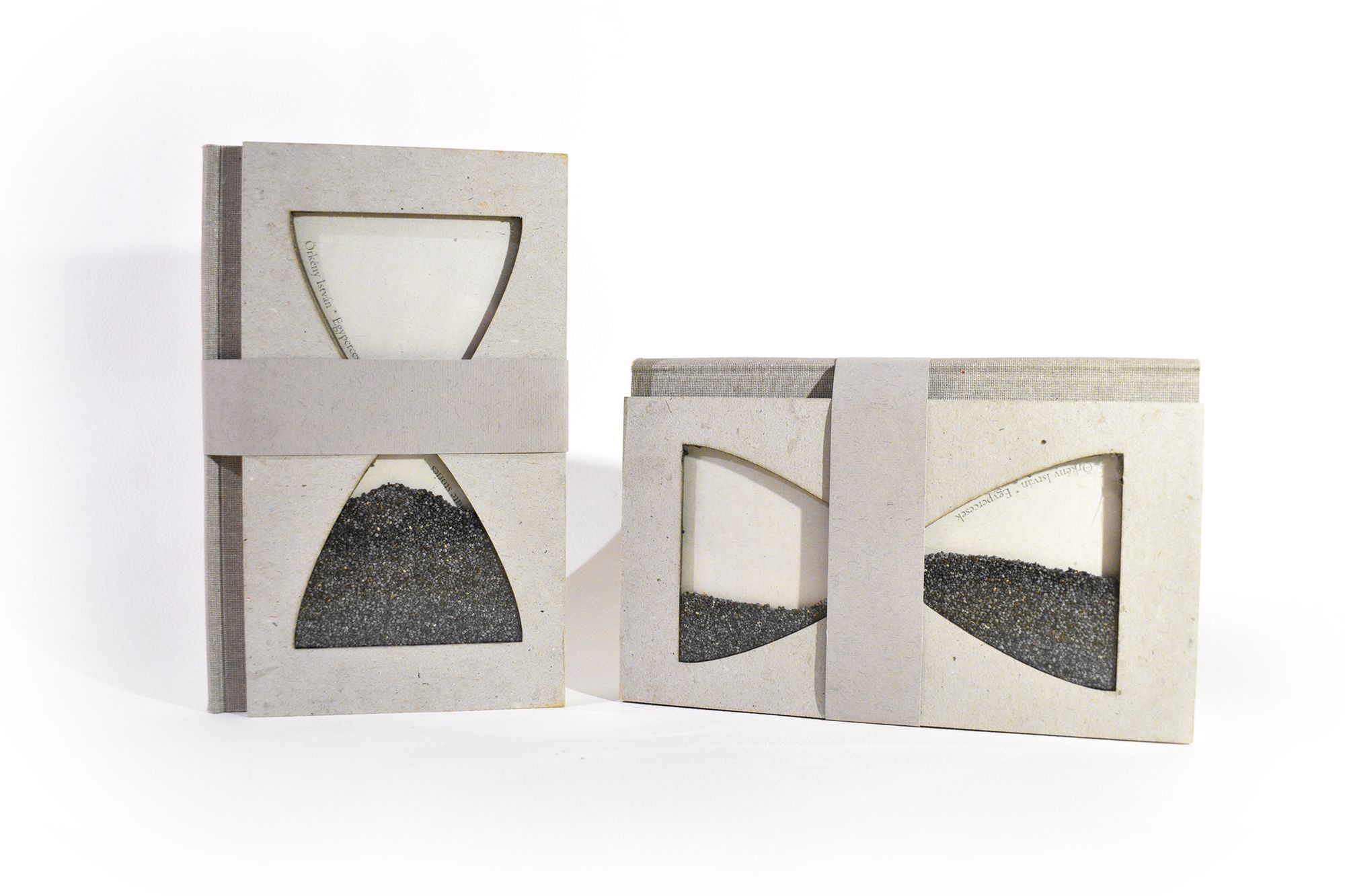There are few literary genre inventions that are as embedded in Hungarian language and culture as István Örkény’s one minute stories are. Graphic designer Regina Vitányi created a new book plan for the famous volume of short, witty stories, which won her a prize at the Ukrainian Young Book Design Awards in 2020.
“While the soft-boiled egg is boiling or the number you are dialing answers (provided it is not engaged, of course) you have ample time to read one of these short stories which, because of their brevity, I have come to think of as one minute stories.” Örkény writes in the first short story of the book: an introduction entitled Handling instructions. Since the title of the volume emphasizes the temporal quality of reading, graphic designer Regina Vitányi wanted to illustrate the passage of time with her book cover. In addition to time, the book as an object also played a prominent role—her work is a clear example of the fact that book designing involves object design challenges despite the predominance of graphic design tasks.
“It’s kind of an attempt to push the boundaries of printed materials, since even if something’s not digital, it’s not necessarily static either. Working as a graphic artist, the books I design only exist in the digital space during the course of creative work, but we mustn’t forget that they will become objects in the end,” says Regina.
In this bilingual edition, Hungarian short stories appear in the usual orientation, while their English counterparts are printed upside down. The book’s cover is made of layers of paper, cardboard and plexiglass, as well as poppy seeds that move in the silhouette of an hourglass. In addition to the poppy seeds making the cover visually exciting in their various shades of gray, this material also allows space for some wordplay with the title, as it flows up and down like sand. When the book is rotated 180 degrees, the English title is revealed with the seeds rolling out of the way, and the Hungarian vice versa. This way, poppy seeds gain another important function besides serving as a metaphor for the passage of time: they indicate whether we are holding the book to read Hungarian or English texts.

The motif of poppy seeds also appears on the inside: the designer experimented with moving poppy and other seeds on a DIY light table. The gesture-like illustrations that accompany the stories and are even interpretable upside-down are the results of this method. She wanted to use a visual language that wouldn’t distract readers’ attention from the short, concise stories.
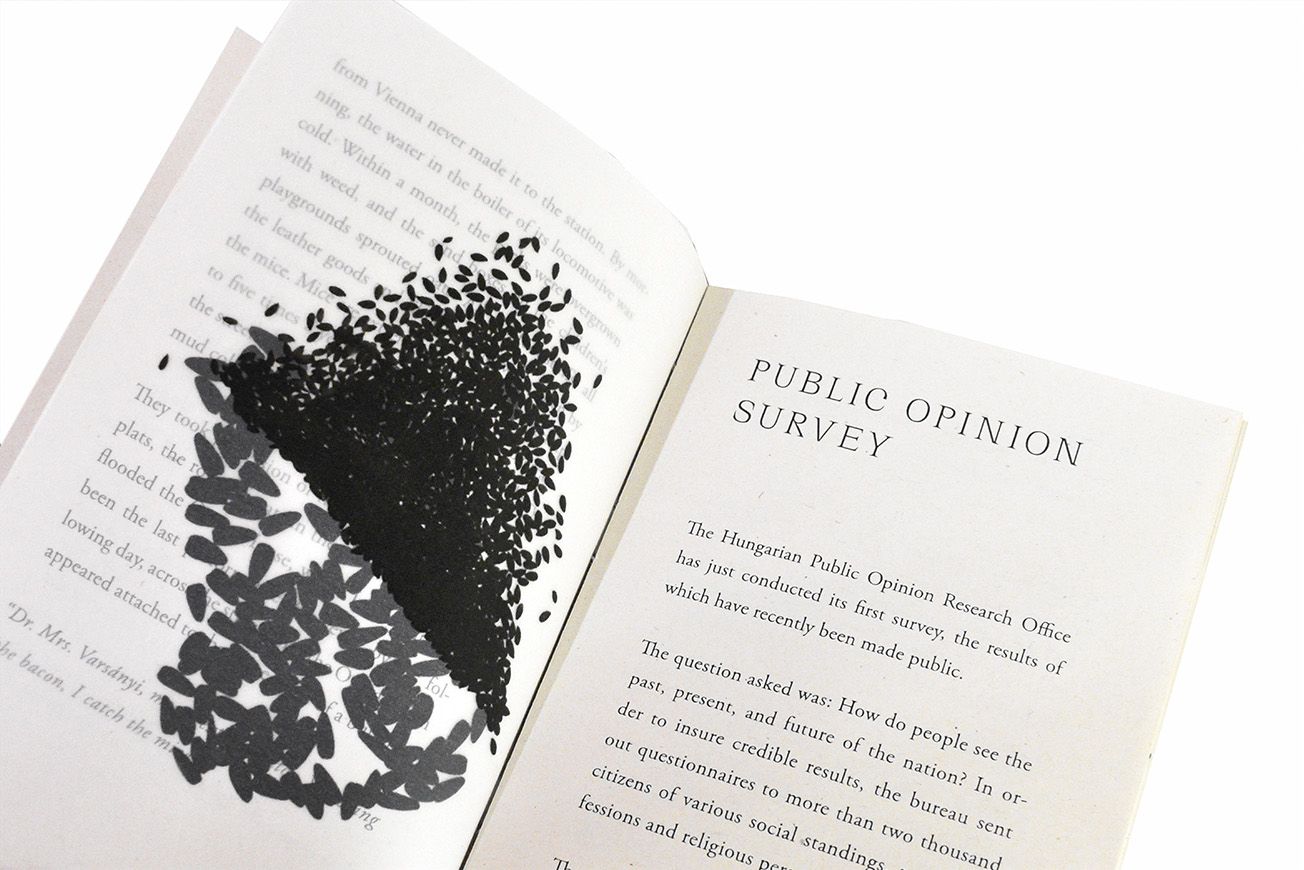


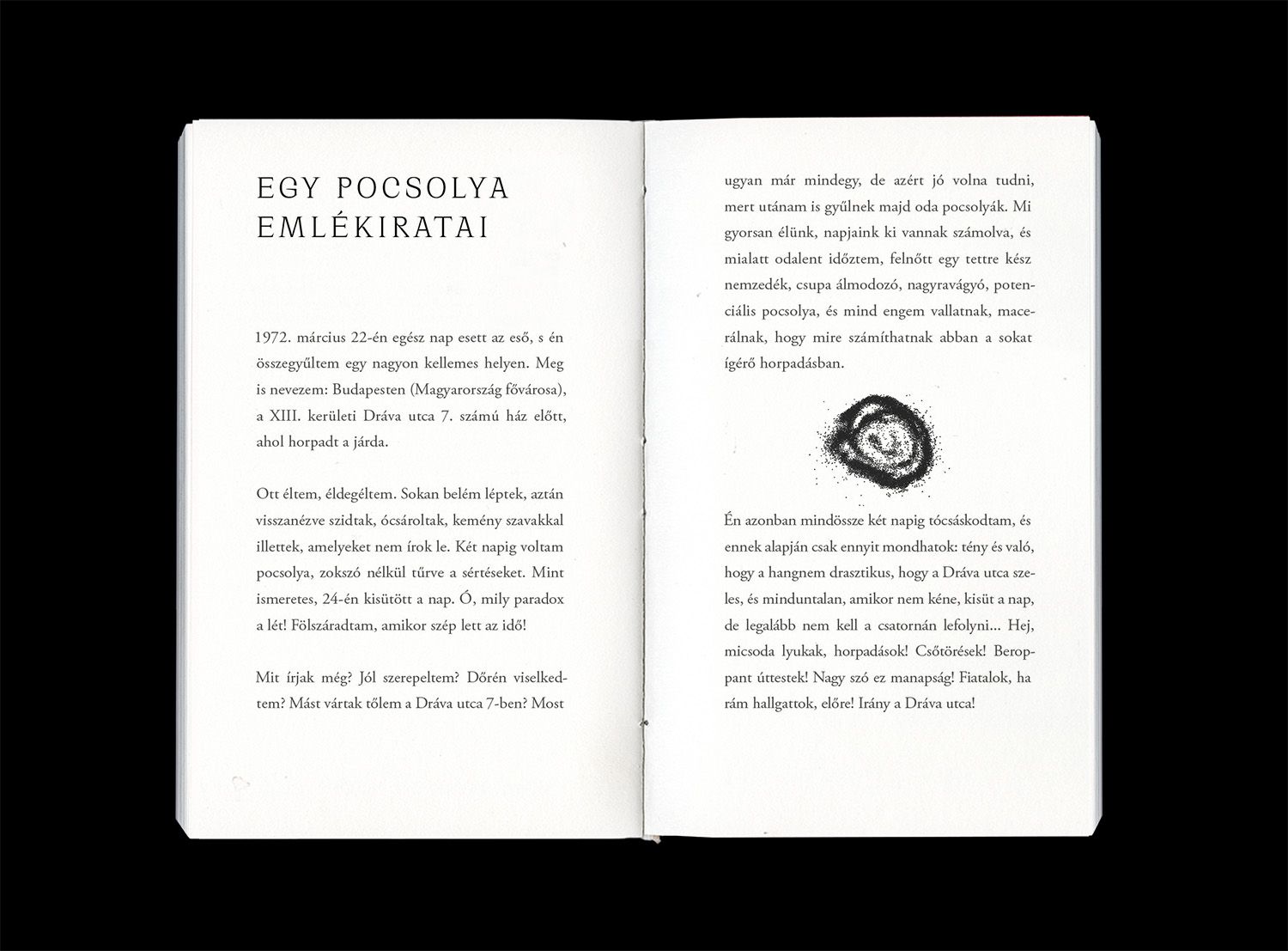
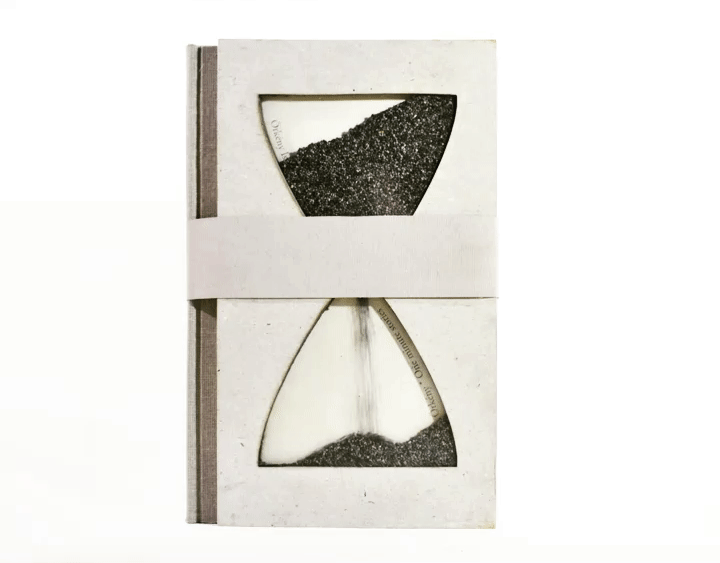
“I wanted the book to illustrate the nature of its content as an object instead of using descriptive images. In the pages of the volume, I often play with typographic layouts and single-gesture illustrations, which are simple yet meaningful—like the stories themselves.”
Regina Vitányi’s project was among the finalists of the ArtHungry Award in 2020, and in the same year, she won the cover design category at the Ukrainian Young Book Design Awards.
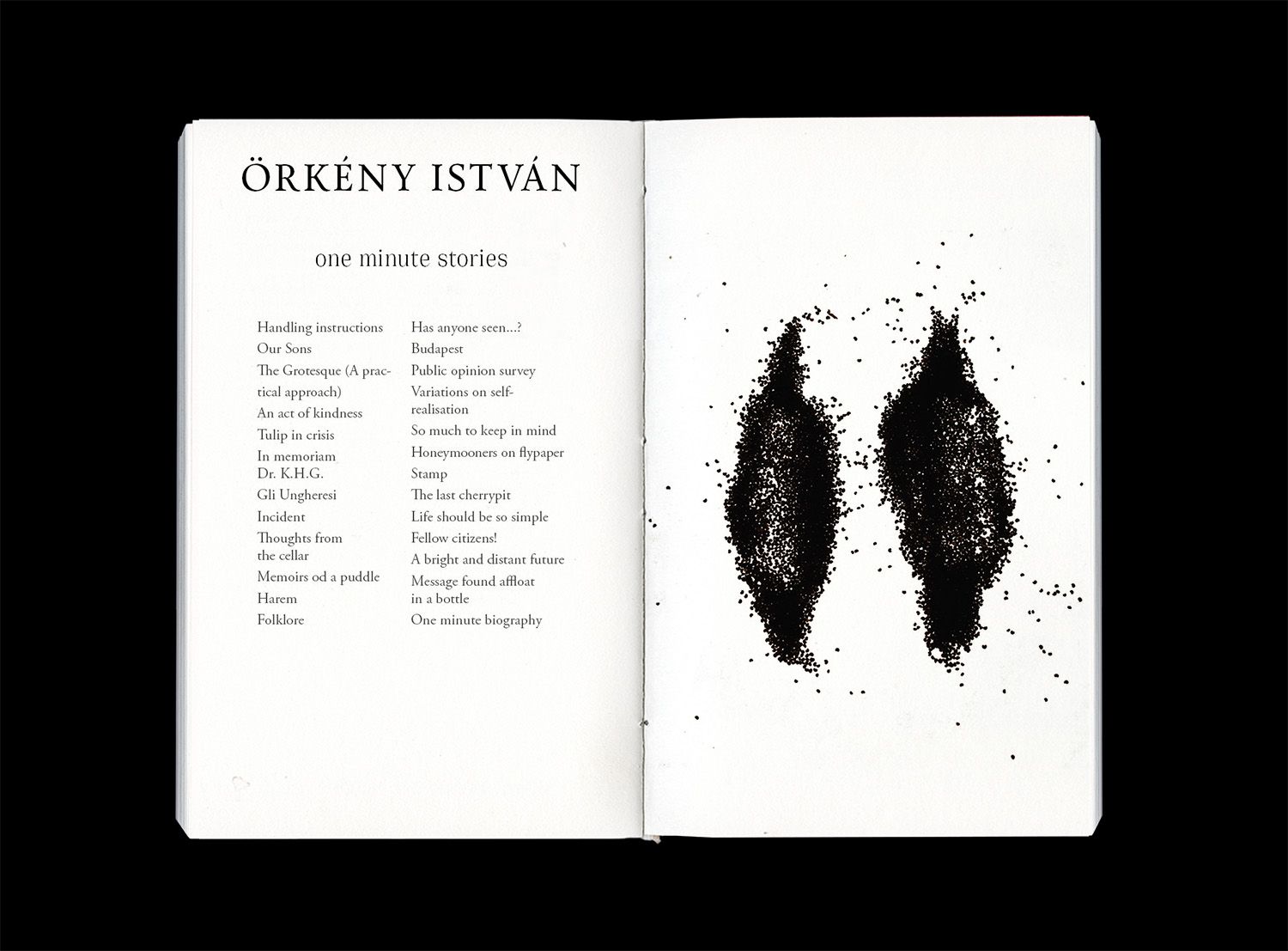
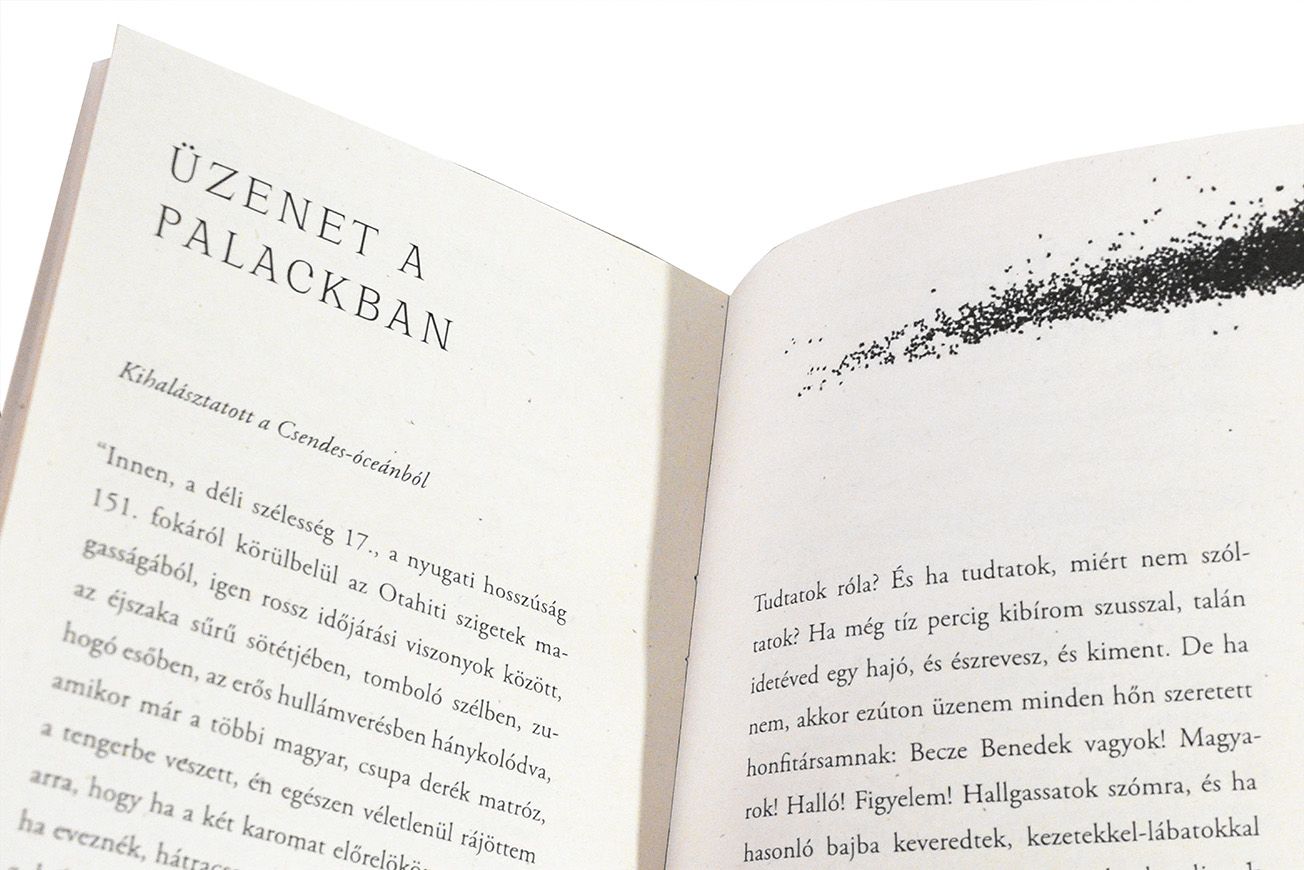
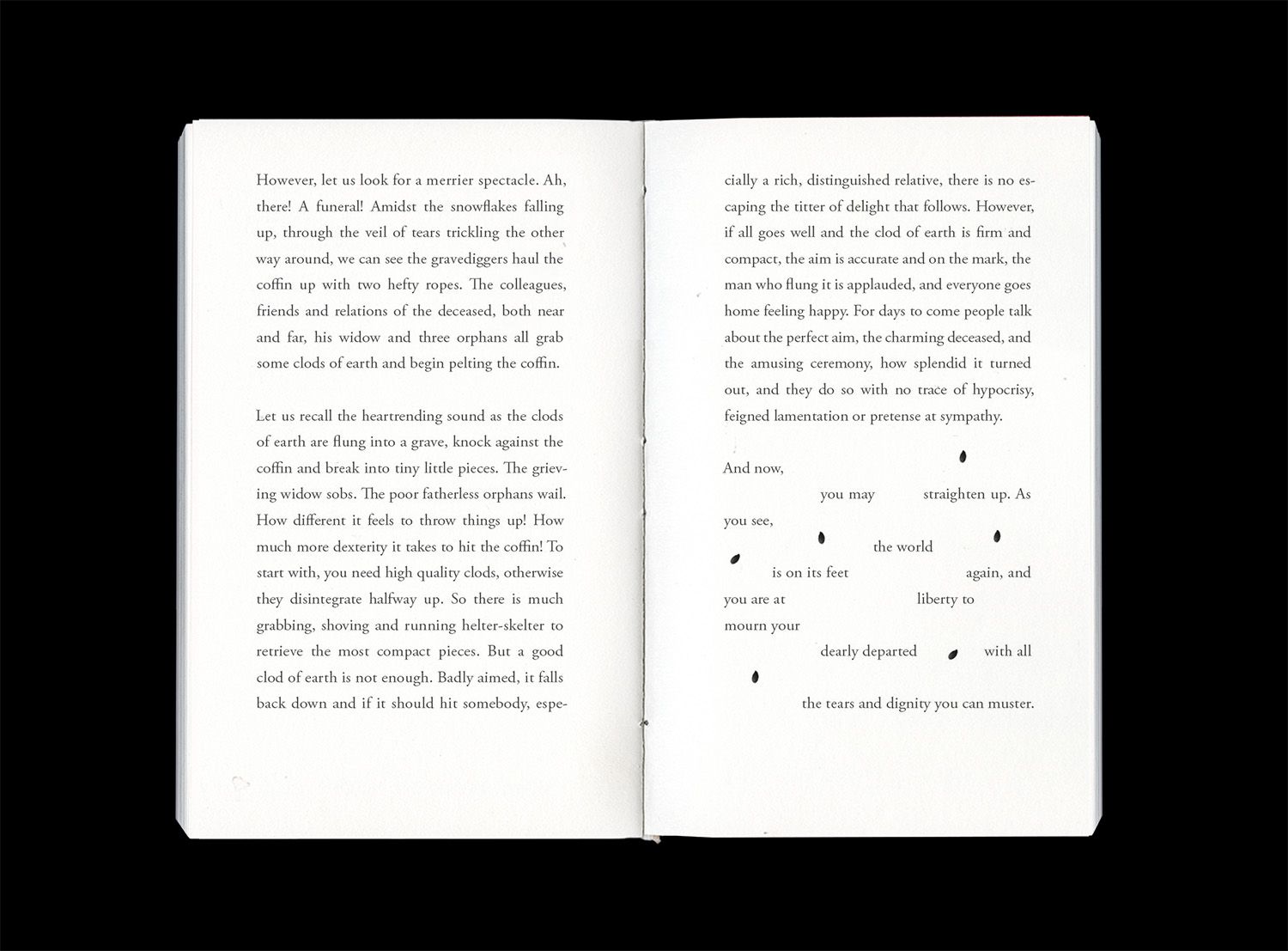
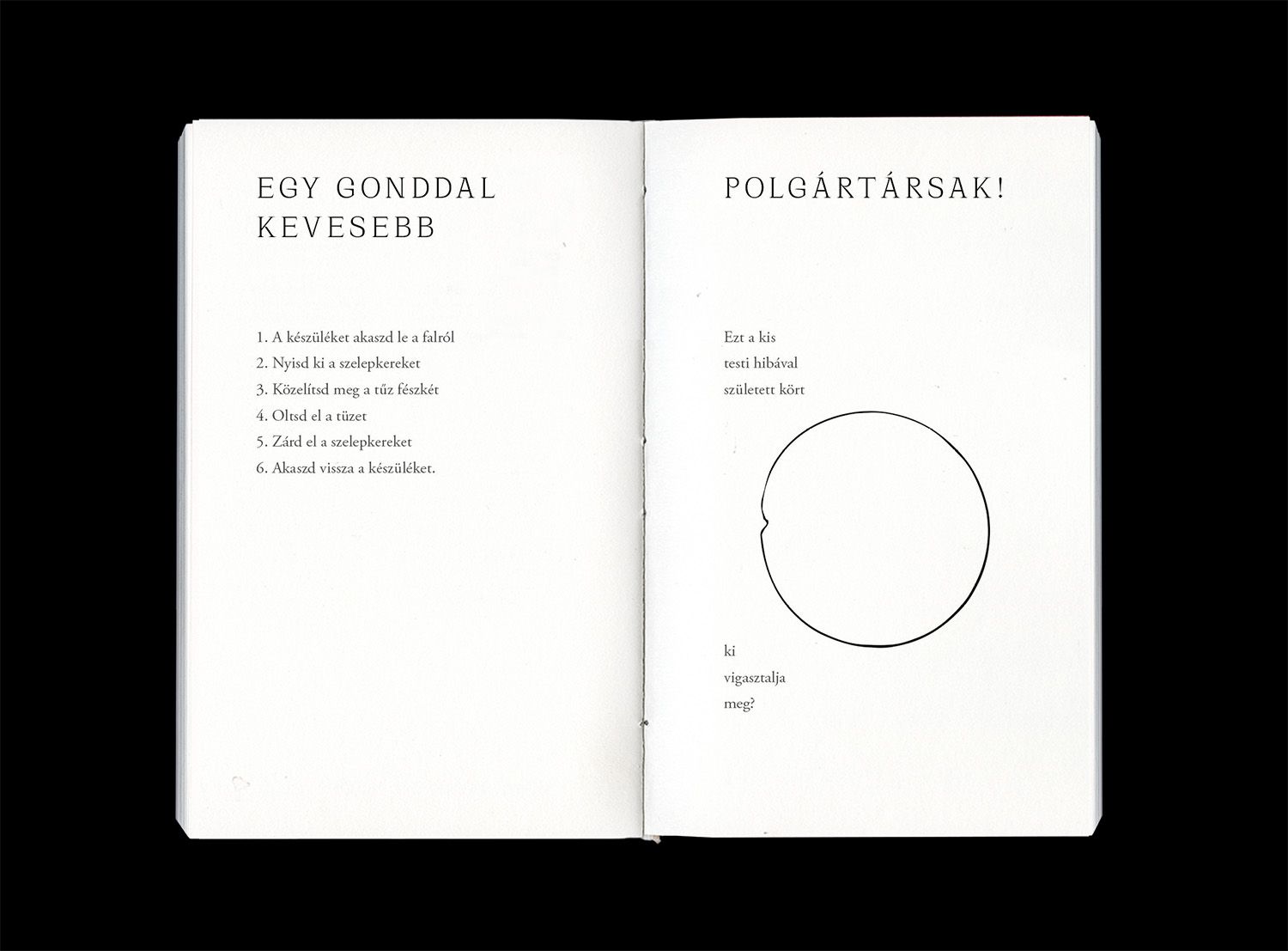
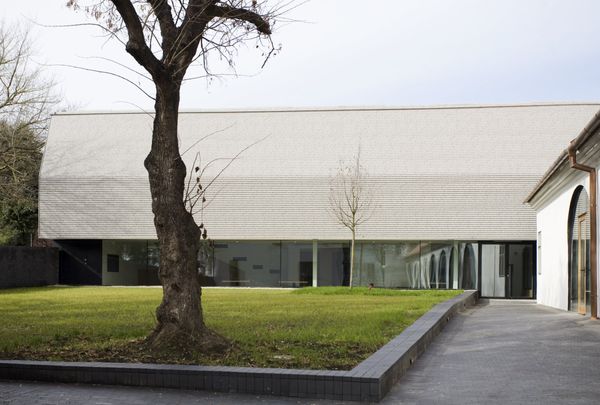
The revived Deák house / Szeniczey mansion | Paks

The best street food trucks in Eastern Europe | TOP 5










